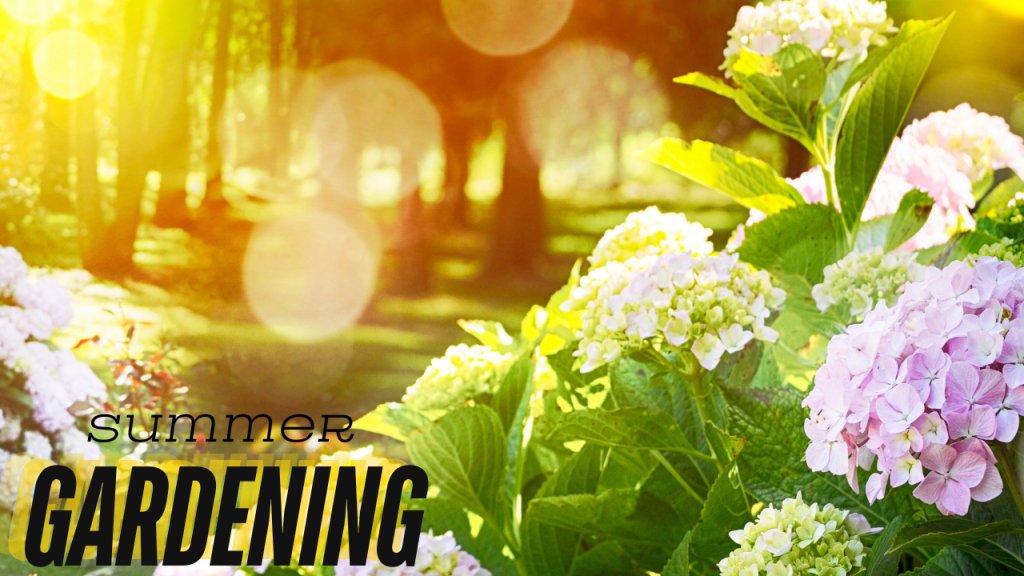Introduction to Summer Gardening
As the warm summer sun begins to shine, the gardening enthusiast in me can’t wait to get my hands dirty and start tending to my outdoor oasis. Summer is a glorious time to cultivate a thriving garden, whether you’re a seasoned green thumb or a beginner just starting your horticultural journey. In this comprehensive guide, I’ll share my best summer gardening tips and tricks to help you unleash your inner gardener and create a lush, vibrant outdoor space that you’ll love spending time in.
Benefits of Gardening During the Summer
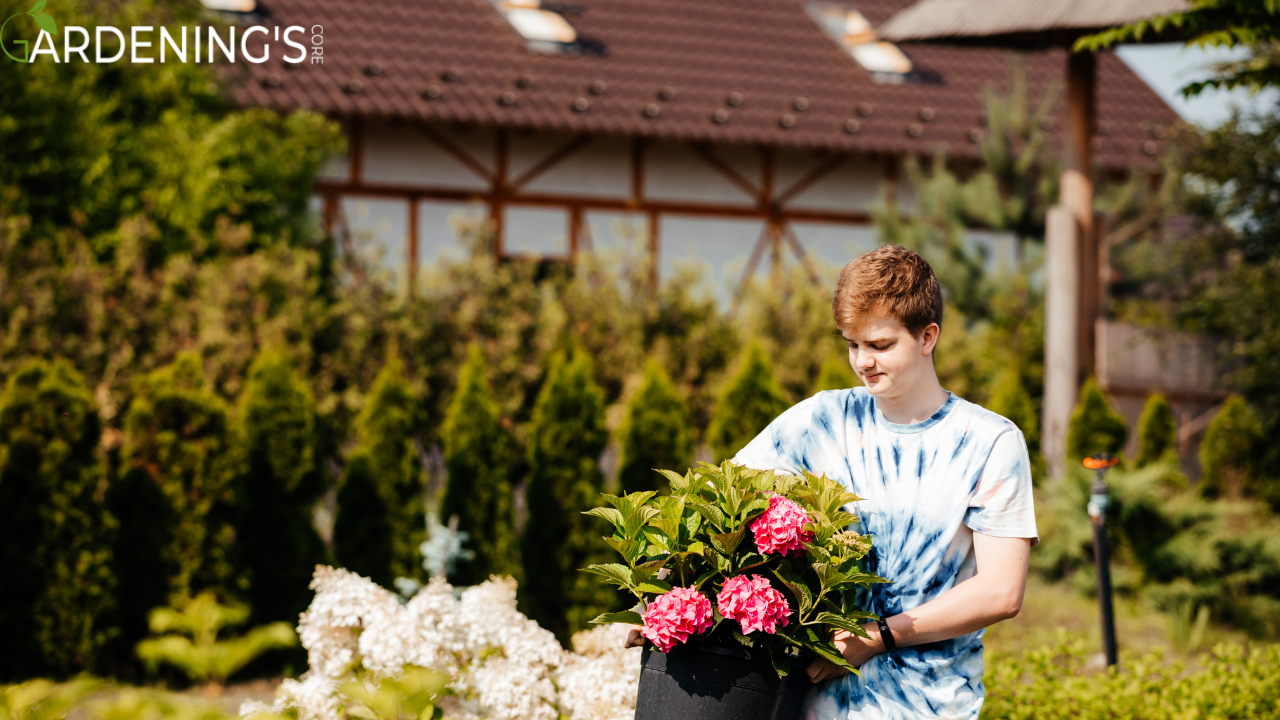
Gardening during the summer months offers a plethora of benefits, both for you and the environment. Not only does it provide a therapeutic and rewarding hobby, but it also allows you to enjoy the great outdoors, soak up the sun, and connect with nature. Additionally, a well-maintained summer garden can improve air quality, attract pollinators, and even boost your mental and physical well-being. By embracing the joys of summer gardening, you’ll be able to reap the rewards of a bountiful harvest, beautiful blooms, and a sense of personal accomplishment.
Essential Tools and Equipment for Summer Gardening
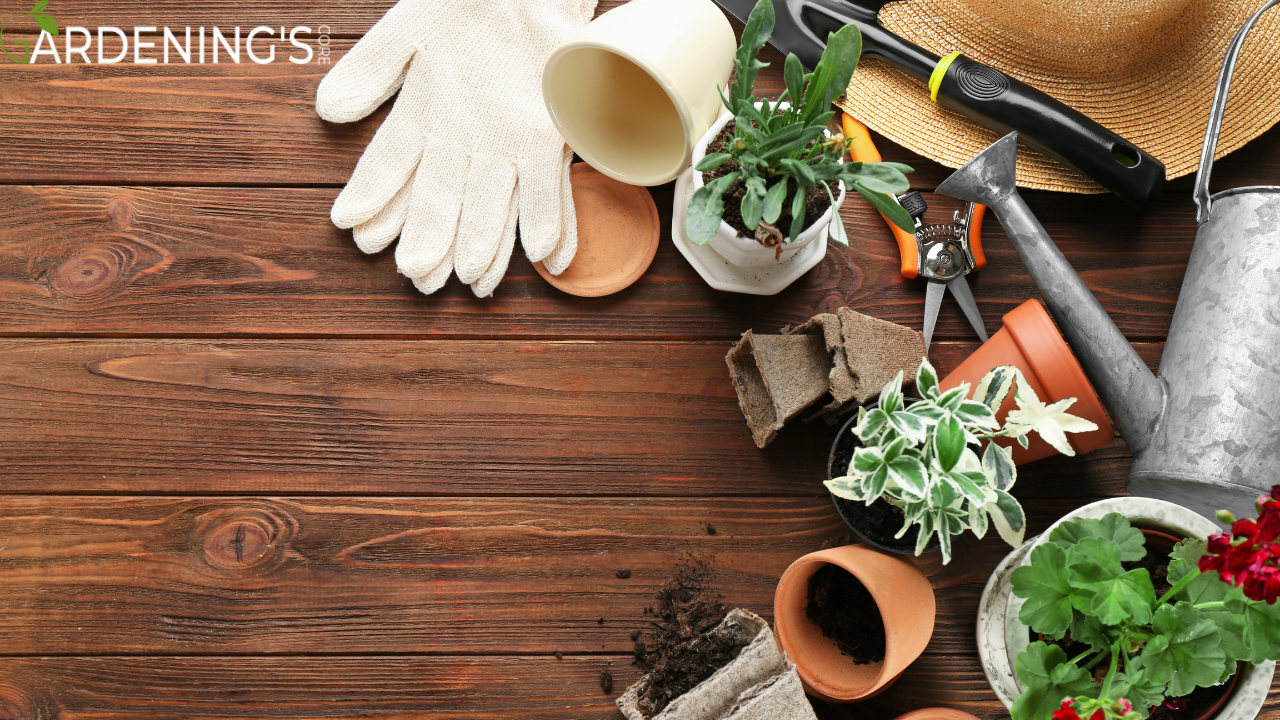
To ensure a successful summer gardening experience, it’s essential to have the right tools and equipment on hand. Here are some of the must-have items for your summer gardening toolkit:
- Gardening Gloves: Protect your hands from thorns, dirt, and the elements with a sturdy pair of gardening gloves.
- Pruning Shears: Keep your plants looking their best by regularly trimming and pruning with a high-quality pair of shears.
- Watering Can or Hose: Proper watering is crucial for summer gardening, so invest in a reliable watering can or hose.
- Trowel and Hand Cultivator: These small tools are essential for planting, weeding, and loosening the soil.
- Wheelbarrow or Garden Cart: Haul soil, mulch, and other heavy gardening materials with ease.
- Sun Hat and Sunscreen: Protect yourself from the summer sun with a wide-brimmed hat and sunscreen.
- Kneeling Pad: Save your knees while working in the garden with a comfortable kneeling pad.
Choosing the Right Plants for Your Summer Garden
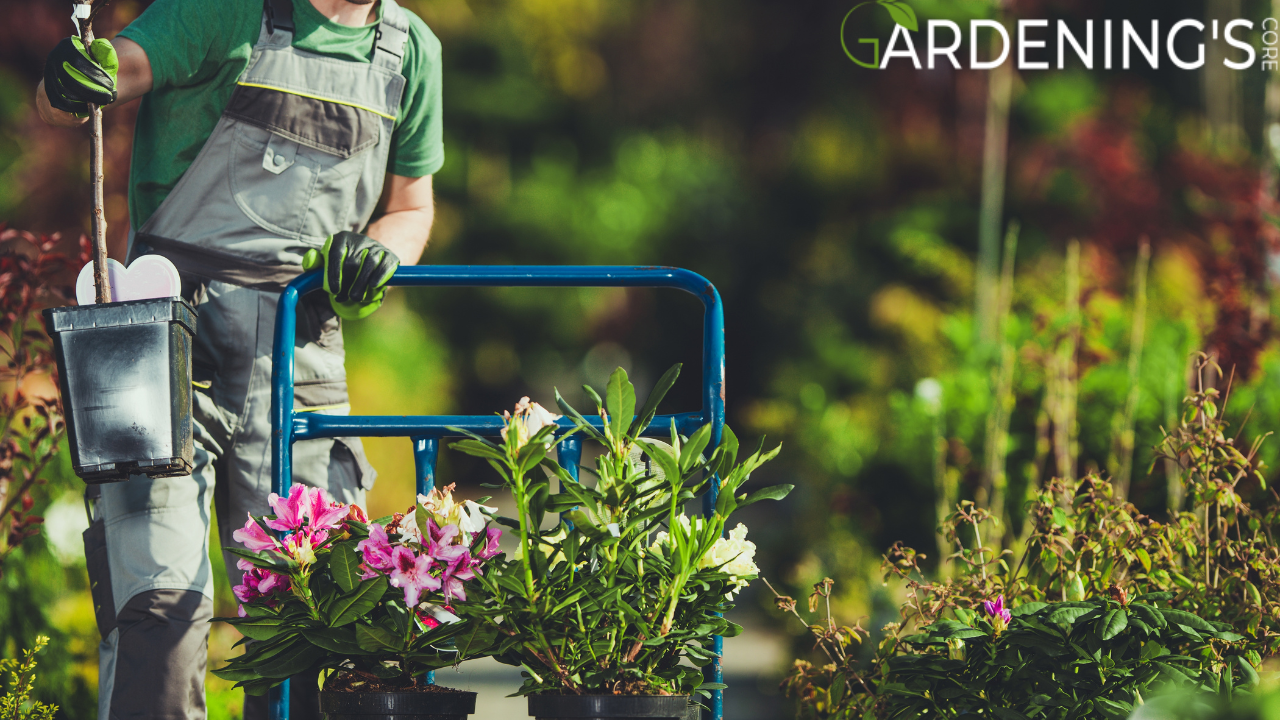
One of the keys to a successful summer garden is selecting plants that thrive in the warm, sunny conditions. Consider the following factors when choosing your summer garden plants:
- Sun Exposure: Determine the amount of sunlight your garden receives and choose plants that are well-suited to that environment.
- Climate and Hardiness Zone: Research the recommended growing zones for your region and select plants that are adapted to your local climate.
- Water Requirements: Some plants are more drought-tolerant than others, so be mindful of each plant’s watering needs.
- Bloom Time: Choose a mix of early, mid, and late-blooming plants to ensure a continuous display of color throughout the summer.
- Edible or Ornamental: Decide whether you want to focus on growing fruits, vegetables, herbs, or decorative flowers and foliage.
Preparing Your Garden for the Summer Season
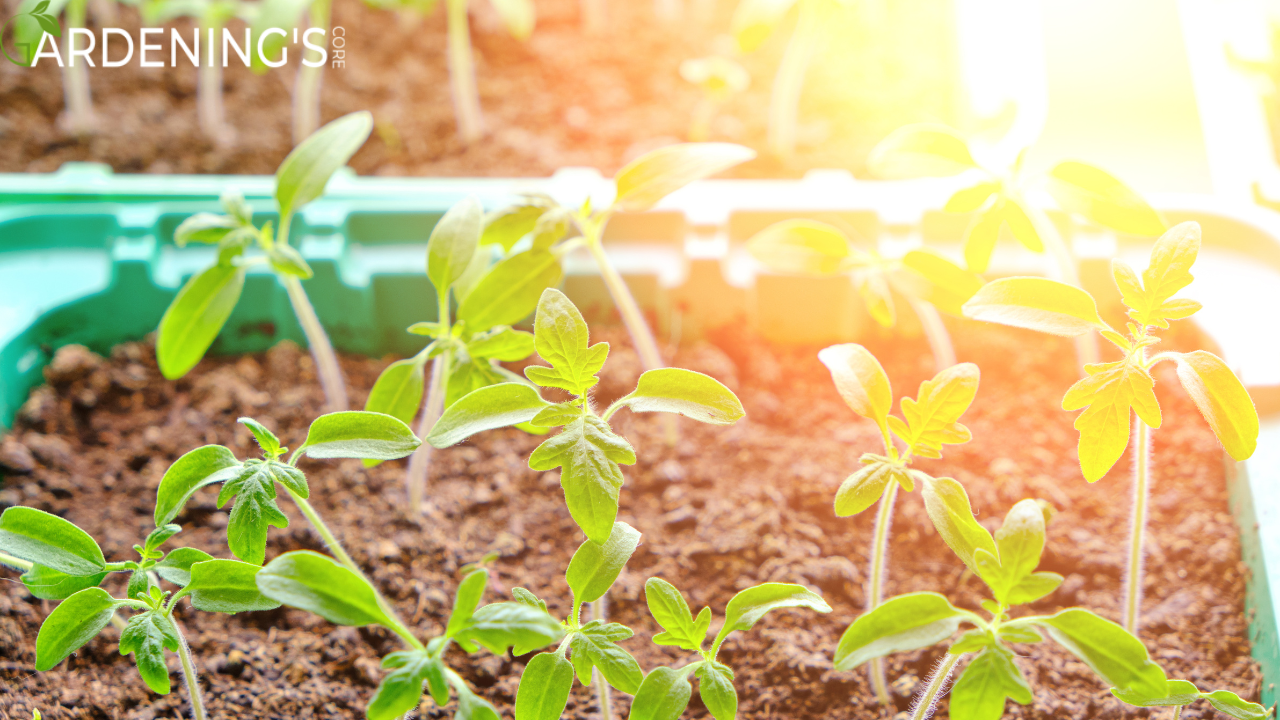
Before you can start planting and tending to your summer garden, it’s essential to prepare the soil and create the ideal growing conditions. Here are some steps to get your garden ready for the summer season:
- Amend the Soil: Add compost, well-rotted manure, or other organic matter to improve soil structure and fertility.
- Weed and Cultivate: Remove any existing weeds and loosen the soil to aerate it and promote healthy root growth.
- Install Raised Beds or Containers: Consider creating raised garden beds or using containers to improve drainage and control the soil quality.
- Mulch the Soil: Apply a 2-3 inch layer of organic mulch, such as wood chips or shredded leaves, to retain moisture and suppress weeds.
- Plan Your Layout: Sketch out your garden design and decide on the placement of different plants, ensuring they have enough space to thrive.
Watering and Irrigation Tips for Summer Gardening

Proper watering is crucial for the success of your summer garden. Here are some tips to ensure your plants stay hydrated and healthy:
- Water Deeply and Infrequently: Aim to water your garden deeply, reaching the roots, but only a few times per week to encourage deep root growth.
- Water in the Morning: Watering in the morning allows the soil to absorb the moisture before it evaporates in the heat of the day.
- Use Drip Irrigation or Soaker Hoses: These methods deliver water directly to the soil, reducing evaporation and ensuring efficient water usage.
- Adjust Watering Based on Weather: Increase watering during hot, dry spells and reduce it during cooler, wetter periods.
- Monitor Soil Moisture: Use your finger or a soil moisture meter to check the soil’s moisture level and adjust your watering schedule accordingly.
Pest Control and Weed Management in Summer Gardens
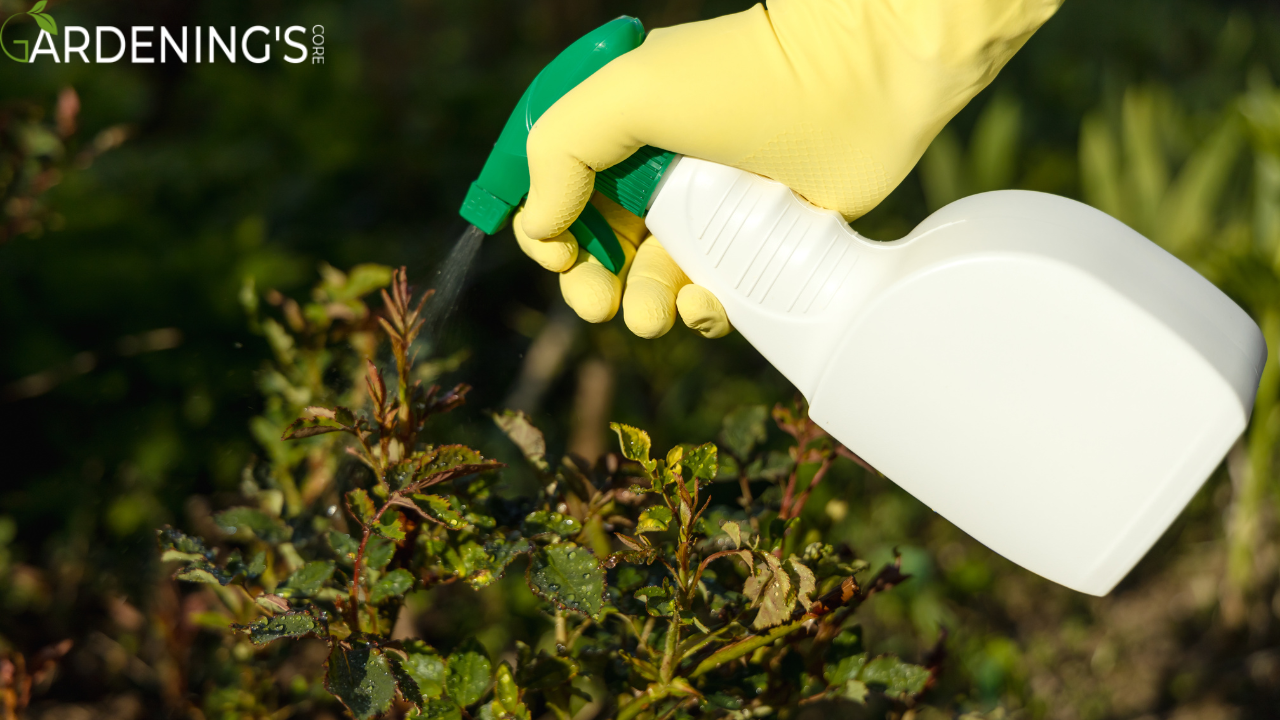
Keeping your summer garden free from pests and weeds is essential for maintaining a healthy, thriving outdoor space. Here are some effective strategies for pest control and weed management:
- Integrated Pest Management (IPM): Adopt an IPM approach that combines physical, biological, and organic methods to control pests, rather than relying solely on chemical pesticides.
- Hand-Picking and Removing Pests: Regularly inspect your plants and manually remove any visible pests, such as aphids, caterpillars, or beetles.
- Encourage Beneficial Insects: Attract natural predators, like ladybugs, lacewings, and praying mantises, to help control pest populations.
- Use Organic Pest Control Products: If necessary, opt for natural, eco-friendly pest control products, such as neem oil or insecticidal soap.
- Mulch to Suppress Weeds: Apply a thick layer of organic mulch around your plants to prevent weed growth and retain soil moisture.
- Hand-Pull Weeds Regularly: Make a habit of regularly removing weeds by hand, ensuring you get the entire root system.
- Use Organic Herbicides Sparingly: If necessary, use natural, biodegradable herbicides to spot-treat persistent weed problems.
Summer Gardening Maintenance and Care

Maintaining and caring for your summer garden is an ongoing process, but it’s essential for keeping your outdoor oasis thriving and beautiful. Here are some key maintenance tasks to focus on:
- Deadhead and Prune: Regularly deadhead spent flowers and prune any overgrown or damaged foliage to encourage continued blooms and healthy growth.
- Fertilize Regularly: Apply a balanced, organic fertilizer to your plants every 4-6 weeks to replenish essential nutrients.
- Monitor for Pests and Diseases: Regularly inspect your plants for any signs of pest infestations or diseases and take prompt action to address any issues.
- Weed Consistently: Make weeding a routine part of your summer gardening maintenance to prevent them from taking over your garden.
- Mulch and Water Consistently: Maintain a 2-3 inch layer of organic mulch and water your plants as needed to keep the soil consistently moist.
- Succession Planting: Consider planting a second round of fast-growing crops, such as lettuce or radishes, to extend your summer harvest.
Harvesting and Enjoying the Fruits of Your Summer Garden

One of the most rewarding aspects of summer gardening is the ability to harvest and enjoy the fresh, flavorful produce and vibrant blooms from your own backyard. As your plants reach maturity, follow these tips to make the most of your summer garden’s bounty:
- Harvest Regularly: Check your garden daily and harvest crops as soon as they reach their peak ripeness to ensure maximum flavor and quality.
- Preserve and Store: Consider canning, freezing, or drying your excess produce to enjoy the flavors of summer long after the season has ended.
- Create Culinary Delights: Incorporate your fresh garden ingredients into delicious summer recipes, such as salads, grilled vegetables, or homemade sauces and pestos.
- Arrange Bouquets: Cut and arrange your summer flowers into beautiful bouquets to brighten up your indoor spaces.
- Share the Abundance: Distribute your excess produce and flowers to friends, neighbors, or local food banks to spread the joy of your summer garden.
Conclusion: Embrace the Joys of Summer Gardening
As the warm summer sun shines down on your garden, I hope this comprehensive guide has inspired you to embrace the joys of summer gardening and unleash your inner green thumb. By following these practical tips and strategies, you’ll be well on your way to creating a lush, thriving outdoor oasis that you can enjoy all season long. So, grab your gardening gloves, dig in, and let the magic of summer gardening transform your outdoor space into a true haven of beauty and bounty.
Ready to take your summer gardening to the next level? Download our free eBook, “The Ultimate Guide to Thriving Summer Gardens,” for even more expert tips and tricks to help you cultivate a stunning and bountiful outdoor space. Click here to get your copy today!

